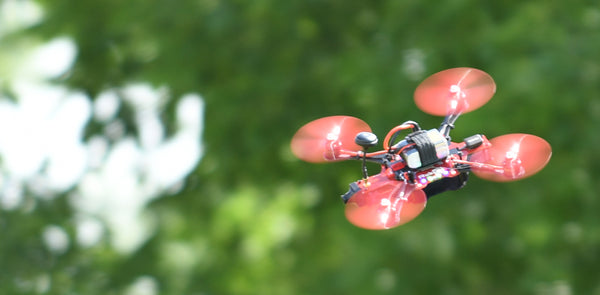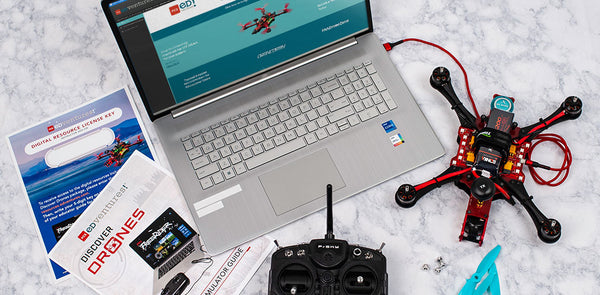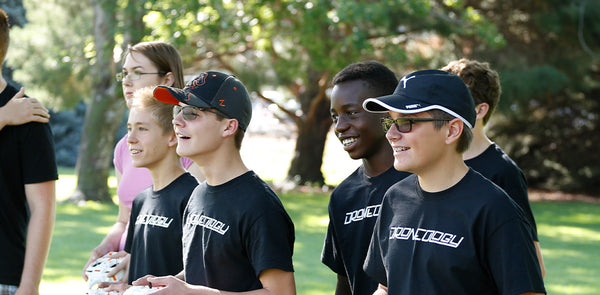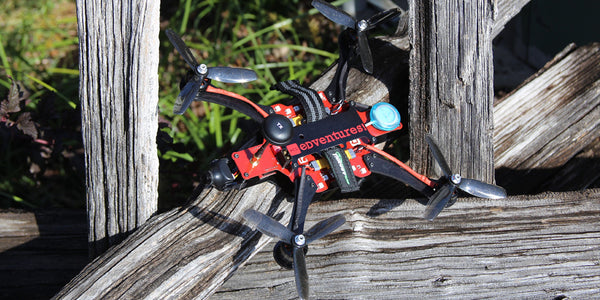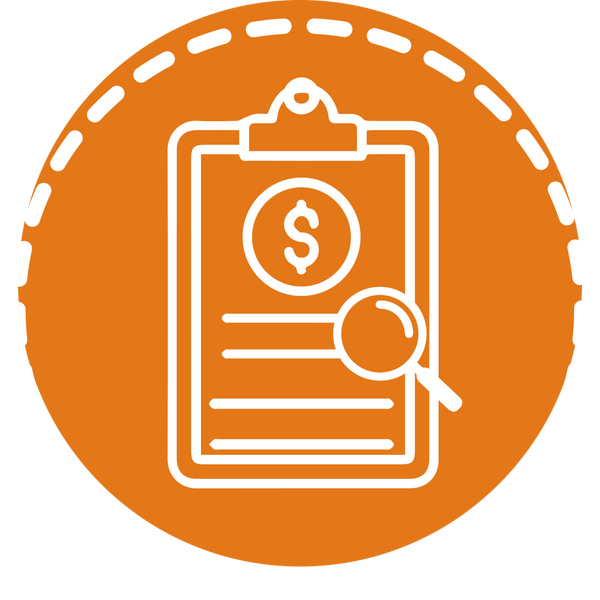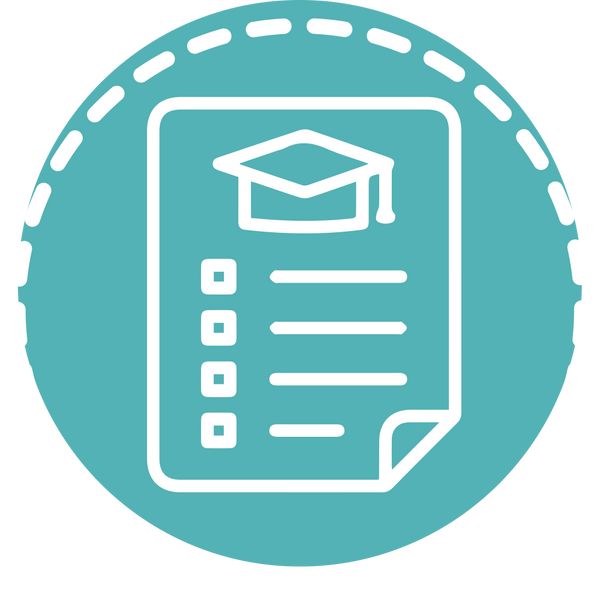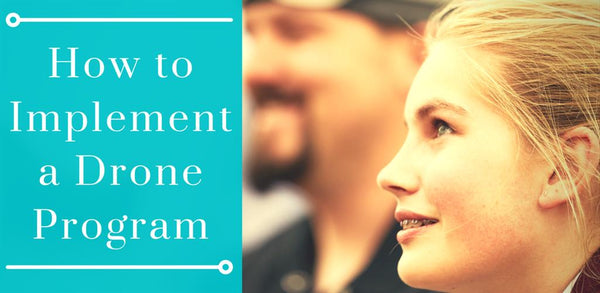
The 6 Questions to Ask Yourself Before Starting UAV Immersion
We all love drones. They’re fast paced, the future of technology, transport and sport, and just darn-right cool. It makes sense that we want to get them into the hands of our students as fast as possible.  They’re engaging, new and envelop learners in every area of STEM. But, before you can bring the aerial robotics platform to your learning environment, there are important questions to ask yourself. These are the six questions you need to ask yourself before starting UAV immersion.
They’re engaging, new and envelop learners in every area of STEM. But, before you can bring the aerial robotics platform to your learning environment, there are important questions to ask yourself. These are the six questions you need to ask yourself before starting UAV immersion.
1. Why are you starting a drone program?
It seems like a fairly simple question and with an even more simplistic answer, but every great achievement in history had to start with this question: why? Gandhi didn’t hunger strike for fun and William the Conqueror didn’t become the first Norman King of England because he was bored on a Sunday. They both had goals. Purpose. They were creating a vision. In your learning space, your drone program should look to achieve just that. While on the surface, drones are known as fun, fast-paced toys, they can also be incredible learning tools — and in the right hands, they can open doors to the careers of the future and the speeding destiny of unmanned aerial operations.
Consider why you want to bring drones to the classroom. Do you want to give your students hands-on experience with emerging technology? Are you looking to focus on robotics this semester? Or is it because you want to engage your learners with the technologies they are actually interested in? By knowing why, by creating a vision, you’re making your life easier down the road. It will narrow your focus, show you the right direction to travel and allow you to build upon what’s being experienced in the classroom. With a vision, you’re creating an organic, free-forming scaffolding to surround the possibilities of drone-based learning.
2. Are you an expert in the field?
Just like with any other field of knowledge, it pays to be an expert. But, with drones being such a new, cutting-edge technology, it makes sense that the majority of us are little more than novice pilots. We’ve seen videos, maybe flown a few times and if we’re lucky, we might even own a recreational drone. This is all okay if you’re leading a single lesson on drones — if you’re only looking to scratch the surface — but if you’re looking to immerse your students in a drone program, you yourself need to become somewhat of a drone-head. To put it simply, you need to know what you’re talking about.

Now, the journey to drone tenure is a long one, but the curriculum you’re teaching can serve as a fast-pass. Depending on the drone product you’re looking at implementing, a lot of UAV kits come with some form of teacher support. Whether it be manuals, guides or webinar assistance, the company selling the product is going to know the product better than anyone else. Your job is to learn as much from them as you can.
In the classroom, there’s no in-between — you are the final answer to all questions. And in the fast-paced world of four spinning, loud propellers, robotics, coding, lithium polymer and configuration, you need to be able to provide quick answers to your students. While I’m not telling you to head back to night classes at the local community college, I am suggesting that a few weekends at local drone races, at hobby shops and spent flying a drone will serve you wonders. Do what you can to become an expert. Know what you’re teaching, know the drone kit inside and out.
Drones aren’t something you can learn overnight — it takes time, finesse and deliberate strategy to get to know them. Have you done everything you can to get to know the drone? Have you spent the right amount of time with the product? Do have a resource to find the answers to the tough questions? Have you become an expert?
3. Do you know the 6 Characteristics of a great STEM Lesson?
Drones are the full STEM experience. They give students hands-on opportunities with science, technology, engineering and math, and they do it in an engaging and exciting way. But, they don’t achieve this by themselves — a full STEM experience takes careful planning, something that begins by learning the six characteristics of a great STEM lesson. Outlined by Anne Jolly, the six characteristics are:
- Lessons focused on real-world issues and problems
- Learning guided by the engineering design process
- Immersive with hands-on inquiry and open ended exploration
- Involving students in productive teamwork
- Lessons that purposely connect and integrate math and science content
- Learning with multiple right answers and reframe failure as part of learning
One of the most crucial parts of a great STEM lesson, of learning something new in general, is this reframing of failure. This is a strange concept for most people as they were taught the opposite in school, but failure is a good thing. Take engineering, for example. The student’s construction might collapse, or they might struggle with the design challenge, but this is okay! As long as when it happens, the student understands that they have just learned the best way not to do it. The challenge after the failure is to problem solve and figure out how to be successful at whatever it is they are doing. Ask students what they should do if something doesn’t work correctly and be sure they know it’s okay not to get things right the first time.

Before implementing a drone program, make sure you’ve covered your bases — are you lessons going to fulfill the six characteristics of a great STEM lesson?
4. Have you found the right drone?
On top of being thrilling,100mph manipulatable and modifiable machines, the aerial robotics platform drones offer your students provides them with hands-on experience in technologies they are interested in — only, there’s one problem. With so many drone products on the market, how do you know what drone is right for you, your program and your students?
Well, you’re in luck! We’ve done the work for you, and assembled a comparison chart of the industry leaders in drone education. Showcasing price, age range, competitions, curriculum, first-person view and so much more, The Best Drone for STEM Education chart is your answer to the proverbial question, “Where do I begin?”
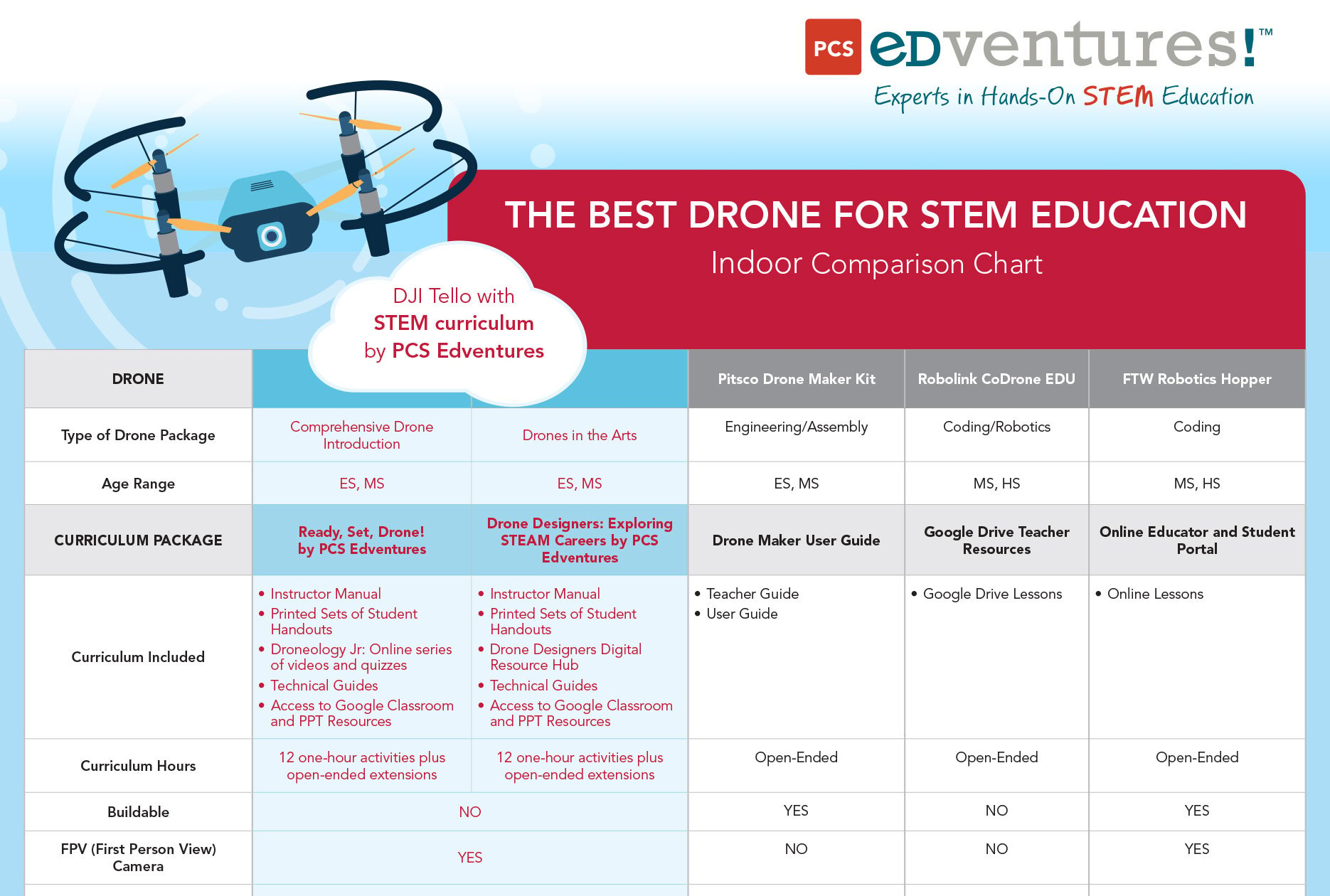
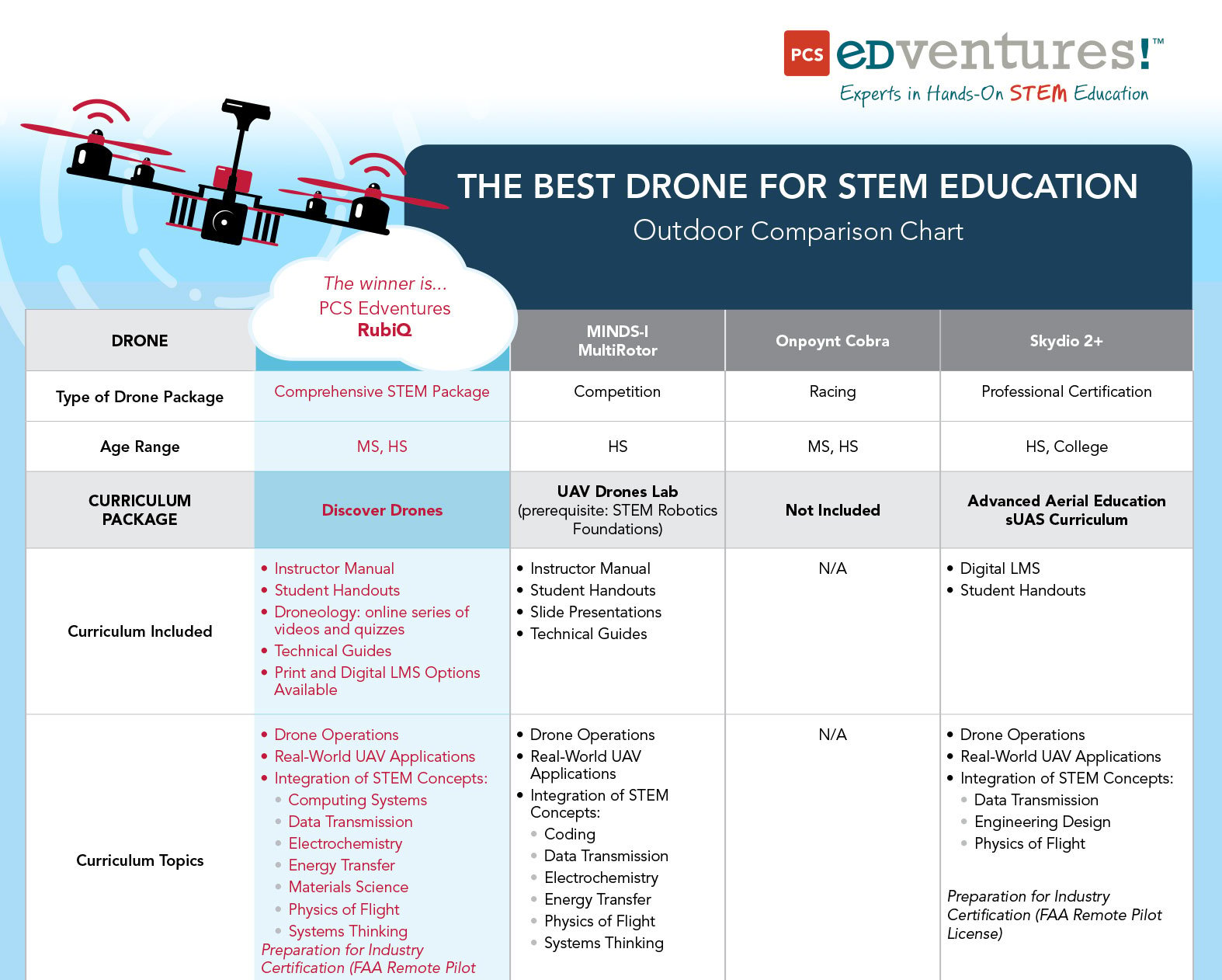
To find the chart and more information about choosing the right drone for your program, head to The Best Drone for STEM Education blog!
5. Do you know your curriculum?
Similar to becoming an expert drone-head, and just like every lesson in your environment, you need to know the curriculum you will be teaching. Spend the time getting to know your curriculum. If you’re developing it yourself, make sure you’ve set aside enough time to ensure a well-rounded drone experience.  If you’re using someone else's or the curriculum provided with your program, scrutinize it clearly, and see what sections you can build upon. Do what you can to provide your students with a once-in-a-lifetime drone experience. What can you do to make it your own?
If you’re using someone else's or the curriculum provided with your program, scrutinize it clearly, and see what sections you can build upon. Do what you can to provide your students with a once-in-a-lifetime drone experience. What can you do to make it your own?
On top of that, you also need to be prepared for the differences in learning. Drones are fast paced, potentially dangerous machines, and if your classroom isn’t used to that or ready for the change, be ready for a few rough days to even out the smooth ones. As Anne Jolly says,
Prepare yourself for noisy, exuberant classrooms where multiple right answers abound and failure is regarded as a positive step toward discovery and a successful solution. Get ready for kids to work closely together, using hands-on methods to solve real-world problems. Be willing to step back and give students enough room to kick off their journey toward becoming creative, innovative, critical thinkers.
6. What’s next?
For this question, it’s time to pull out your introspective glasses. Once the dust has settled and the last propeller stops spinning, what knowledge do you hope your students will have gained?
- What experiences will you hope they will have had?
- What are opportunities for growth?
- What development can be had?
- What can you build from the program, what purpose does it serve?
- What are the future applications?
- Have you provided your students with a well-rounded drone experience?

They seem like ambiguous questions, but knowing exactly what you want to build after the program has ended is important — it shows you exactly what your program needs to achieve. You can’t cross the gorge without a bridge, and it’s up to you to engineer the most stable bridge possible.
So, are you ready to implement a drone program?
To find out how to best implement your drone program and to learn how drones are revolutionizing STEM education, check out our webinar:
Flying Into The Future!



